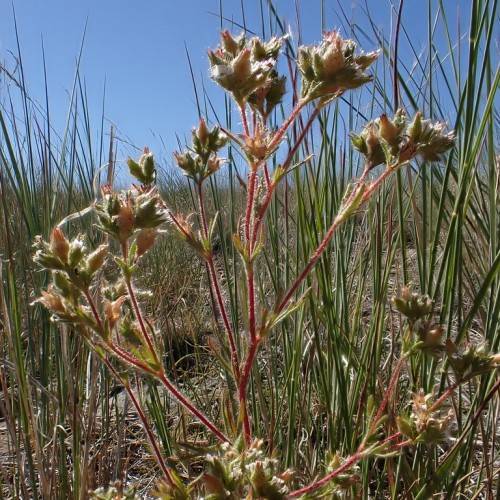
Little Rose
Chamaerhodos erecta
Also Known As - Rose ChamaerhodosWatering:
Frequent
Hardiness Zone:
Sun:
full sun,part shade
Leaf:
Yes
Growth Rate:
Low
Drought Tolerant:
Yes
Invasive:
Yes
Care Level:
Medium
watering
Wandering Fireweed prefers moist soils and should be watered regularly. During the warmer months, it should be watered every other day, pouring enough water to moisten the soil completely. During the cooler months, it should be watered less frequently, about once or twice a week. Make sure to avoid overwatering, as this could lead to rot and disease. If the weather is especially dry, it may need to be watered more frequently. It is important to ensure that the soil is draining well at the same time.
sunlight
Wandering Fireweed needs full sun to partial shade for optimal growth. It will do best in a sunny location and will flower more profusely with more sun. In areas with hotter summers, it is beneficial to provide some afternoon shade to the plant. In general, it should be planted in an area that receives 4-6 hours of direct sunlight per day.
pruning
The best time for pruning Wandering Fireweed (Chamaenerion angustifolium subsp. circumvagum) is in late winter or early spring before the new growth starts. In terms of how much to prune, it should generally be kept in check. Removing any dead or diseased wood, as well as any branches that are rubbing against each other, or growing in an unsightly manner. You may also need to prune back overly long or straggly stems. Pruning should be done more often in early spring, while in late summer and fall it does not require as much.
